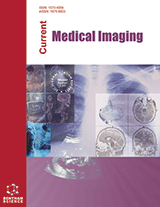
Abstract
Background: Real-time shear wave elastography (SWE) has emerged as a useful imaging modality for detecting the lesion location of various diseases, including cervical diseases.
Objectives: In this paper, the SWE was used to quantitatively determine the tissue hardness of the internal and external orifice of the cervix (IOC & EOC) and to relatively objectively analyze the impact of different production methods on the hardness of the cervical tissue.
Methods: A total of 48 patients were selected, and they were divided into three groups according to different production methods: control group (16 cases), cesarean section group (16 cases), and spontaneous delivery group (16 cases). Artificial intelligence has also been incorporated into this work. A deep flexible neural tree model and a new set of FNT models were proposed to assist in classifying cervical physical data in different states. The physical data was extracted as the features, and the different states were considered as category labels.
Results: There was no statistically significant difference in the elasticity of the IOC and the EOC between the groups. However, the difference in the elasticity of the IOC and the EOC within each group was statistically significant. The classification results corresponded with the results of the statistical analysis. The hardness of the EOC is generally lower than that of the IOC, and there was no significant difference in hardness between the IOC and the EOC in the three groups.
Conclusion: There is no significant difference in the cervical elasticity hardness between different delivery modes.
Keywords: Shear wave, Quantitative analysis, Cervix, Cesarean section, Spontaneous delivery, Delivery modes.











